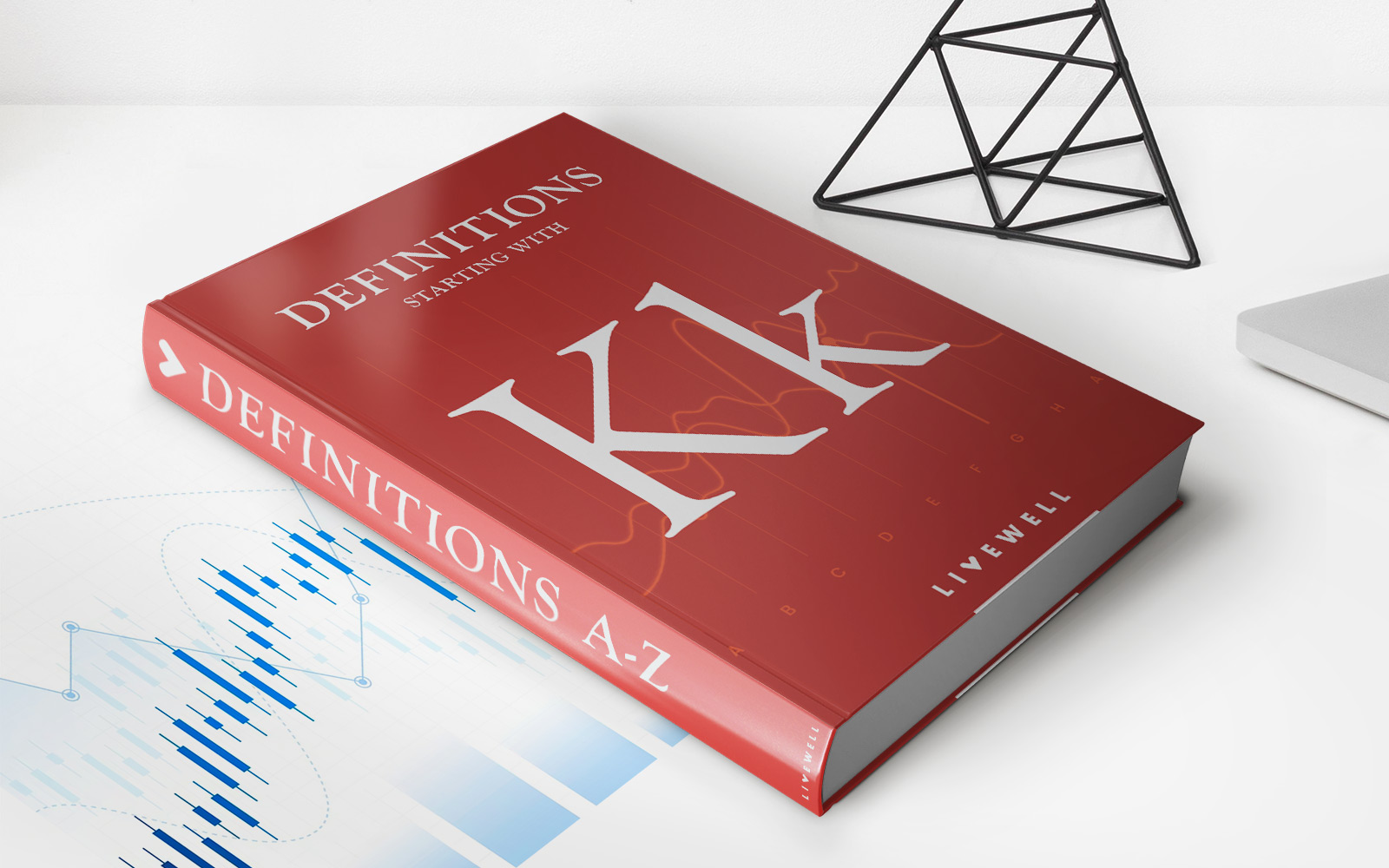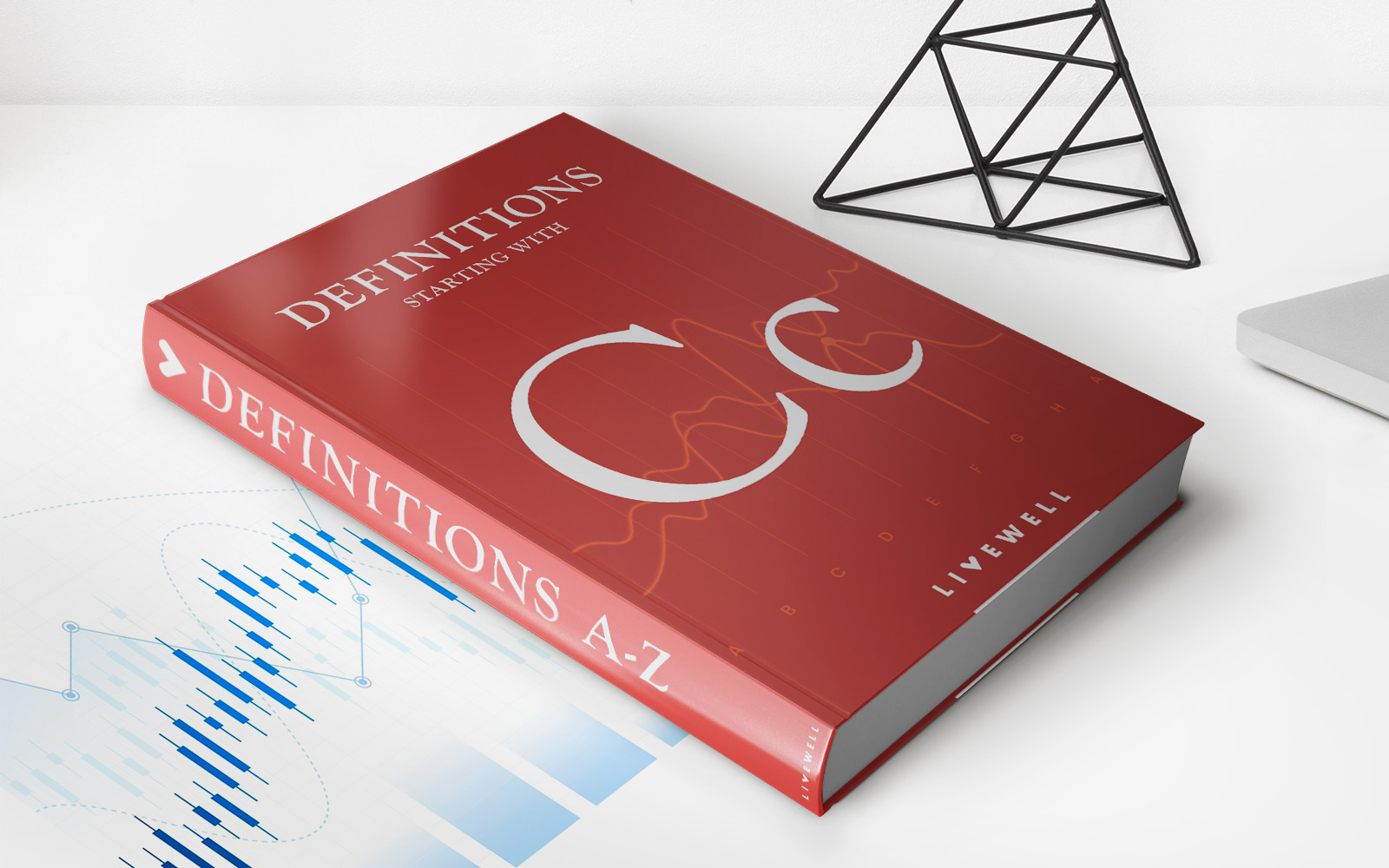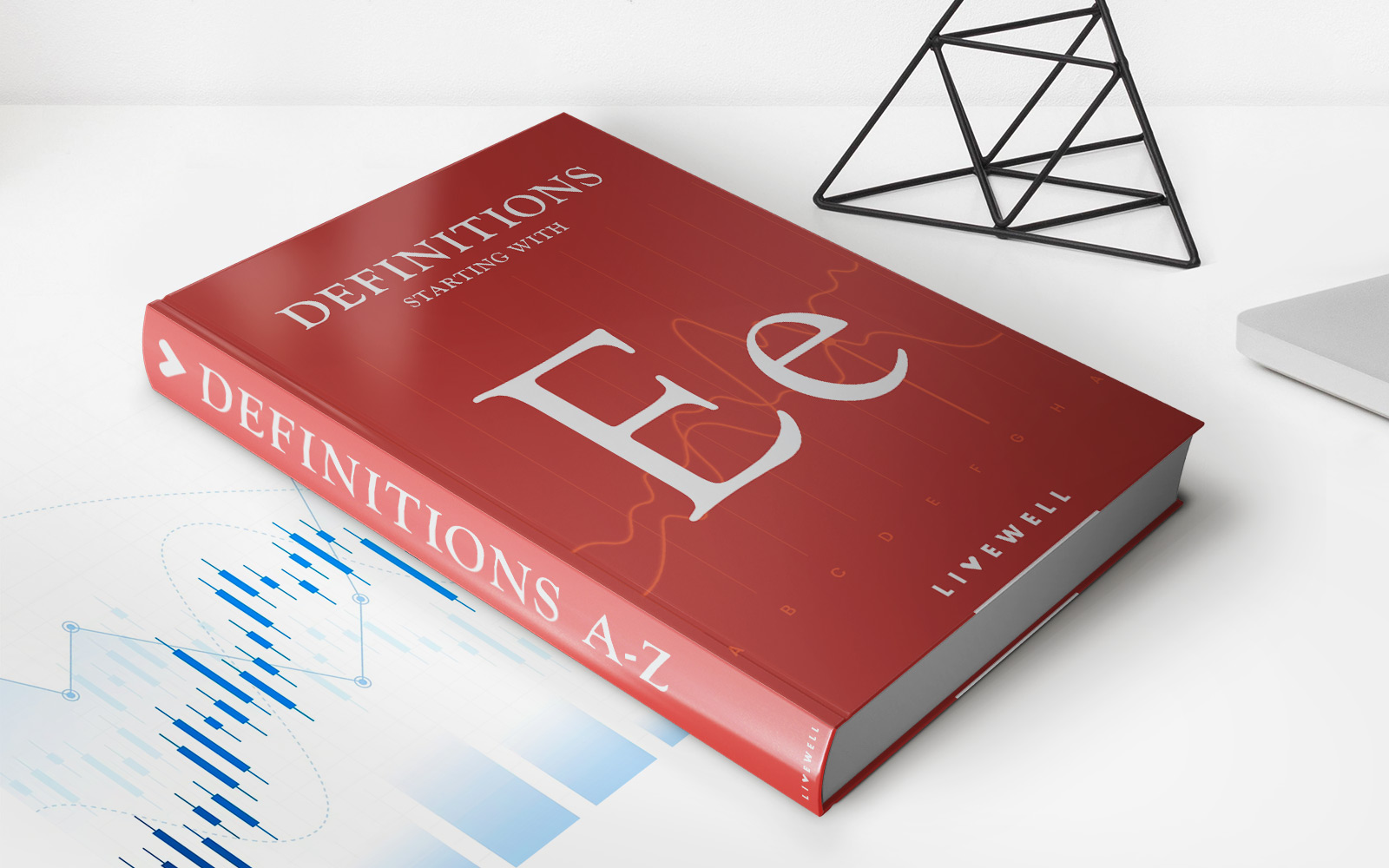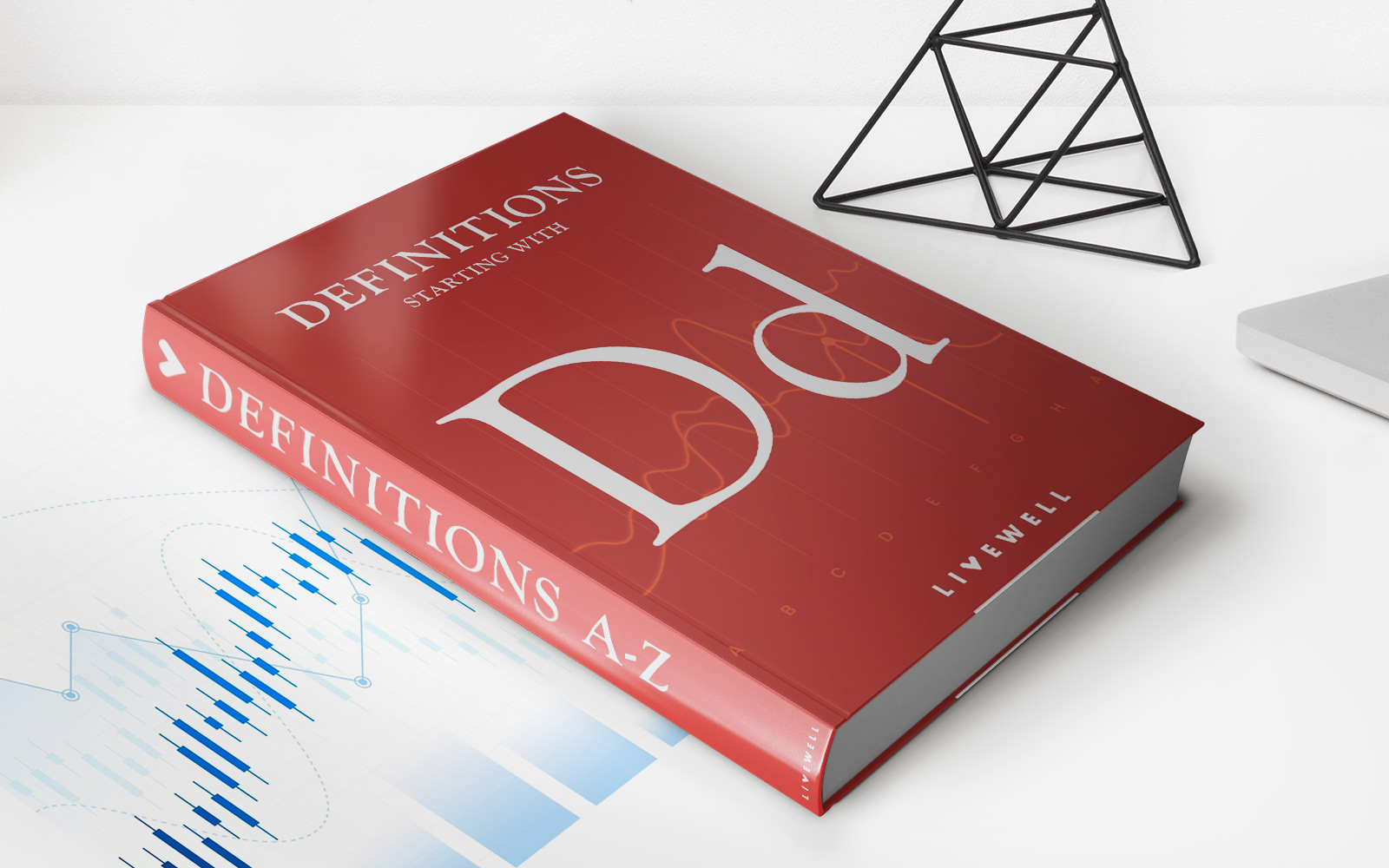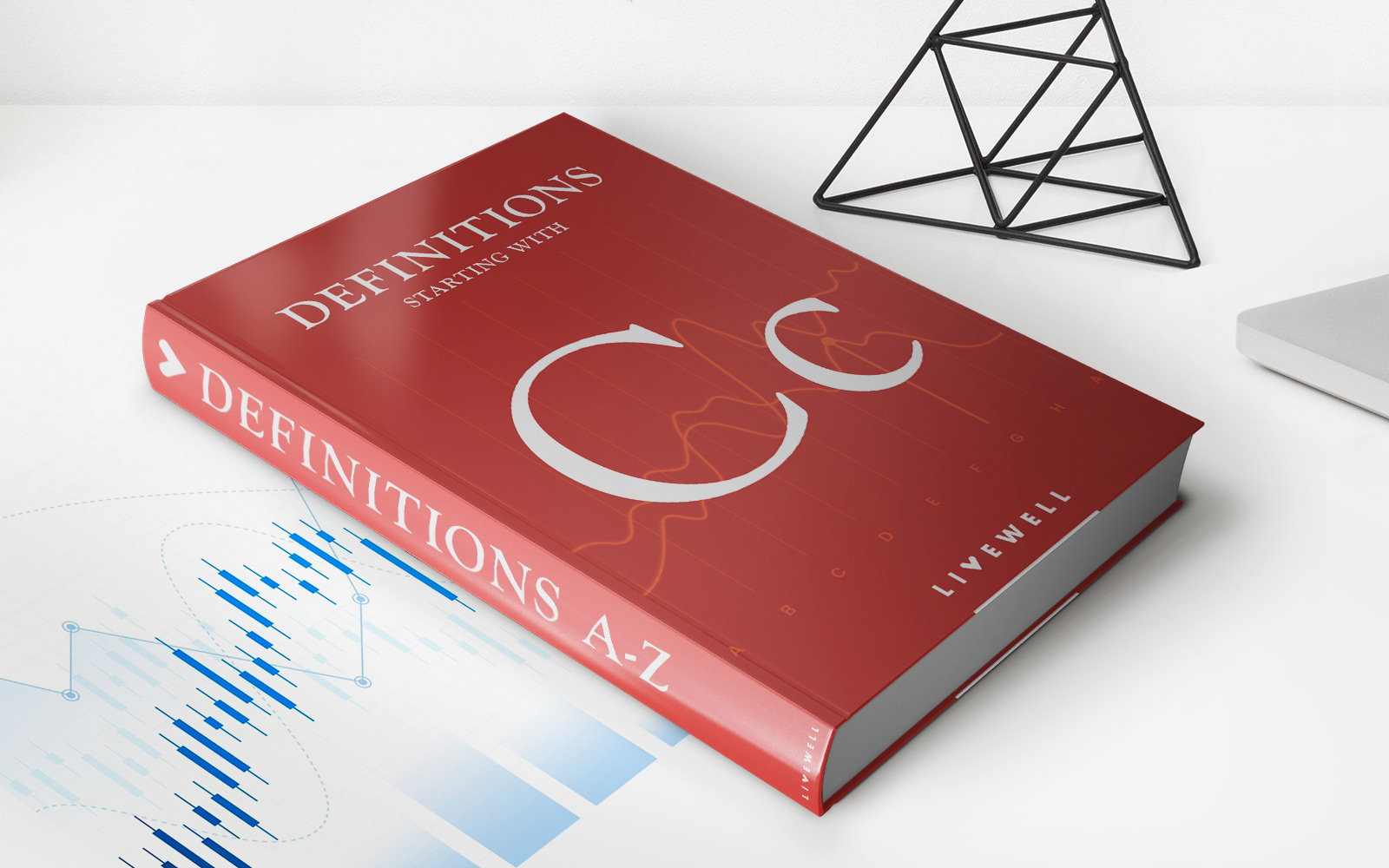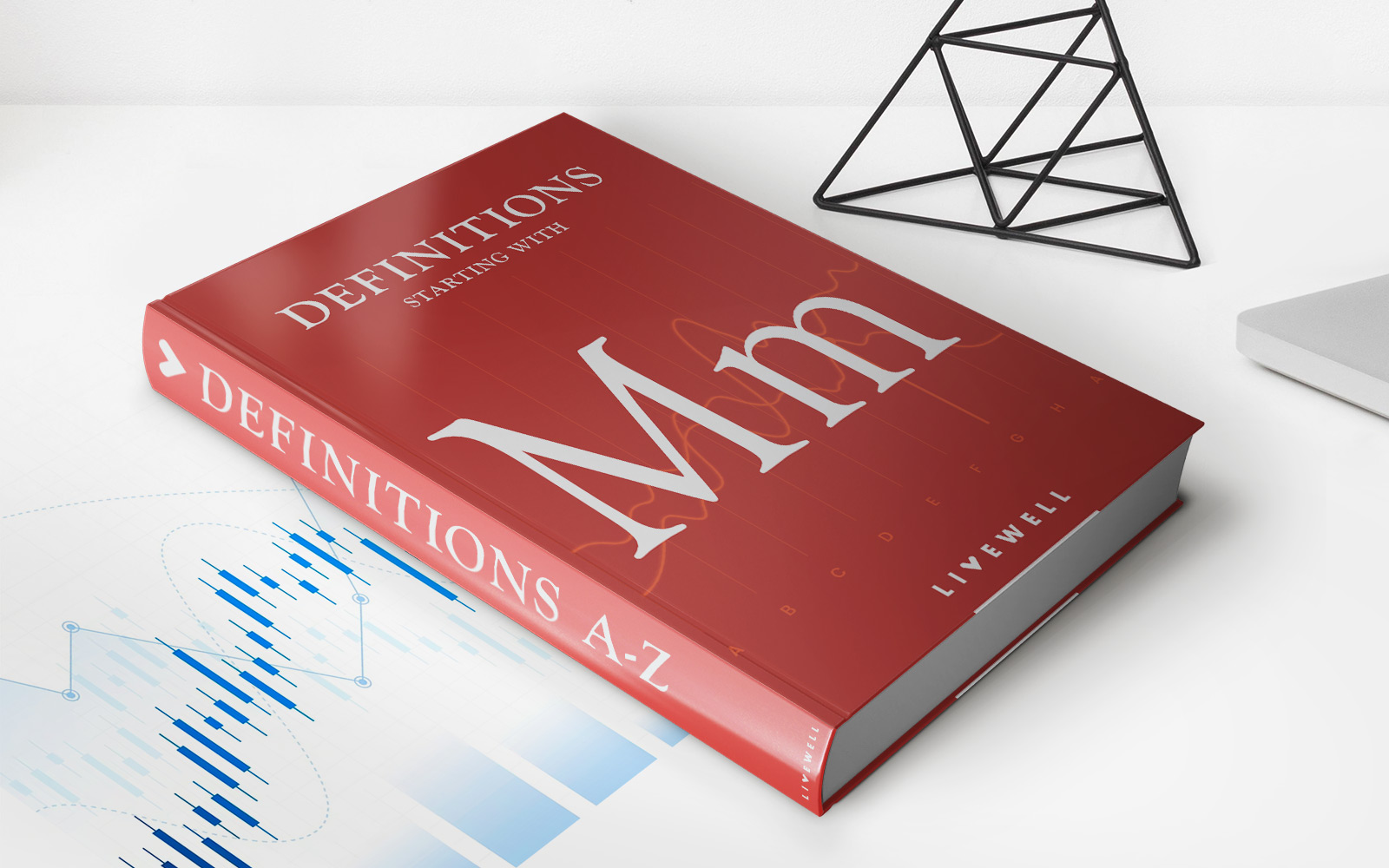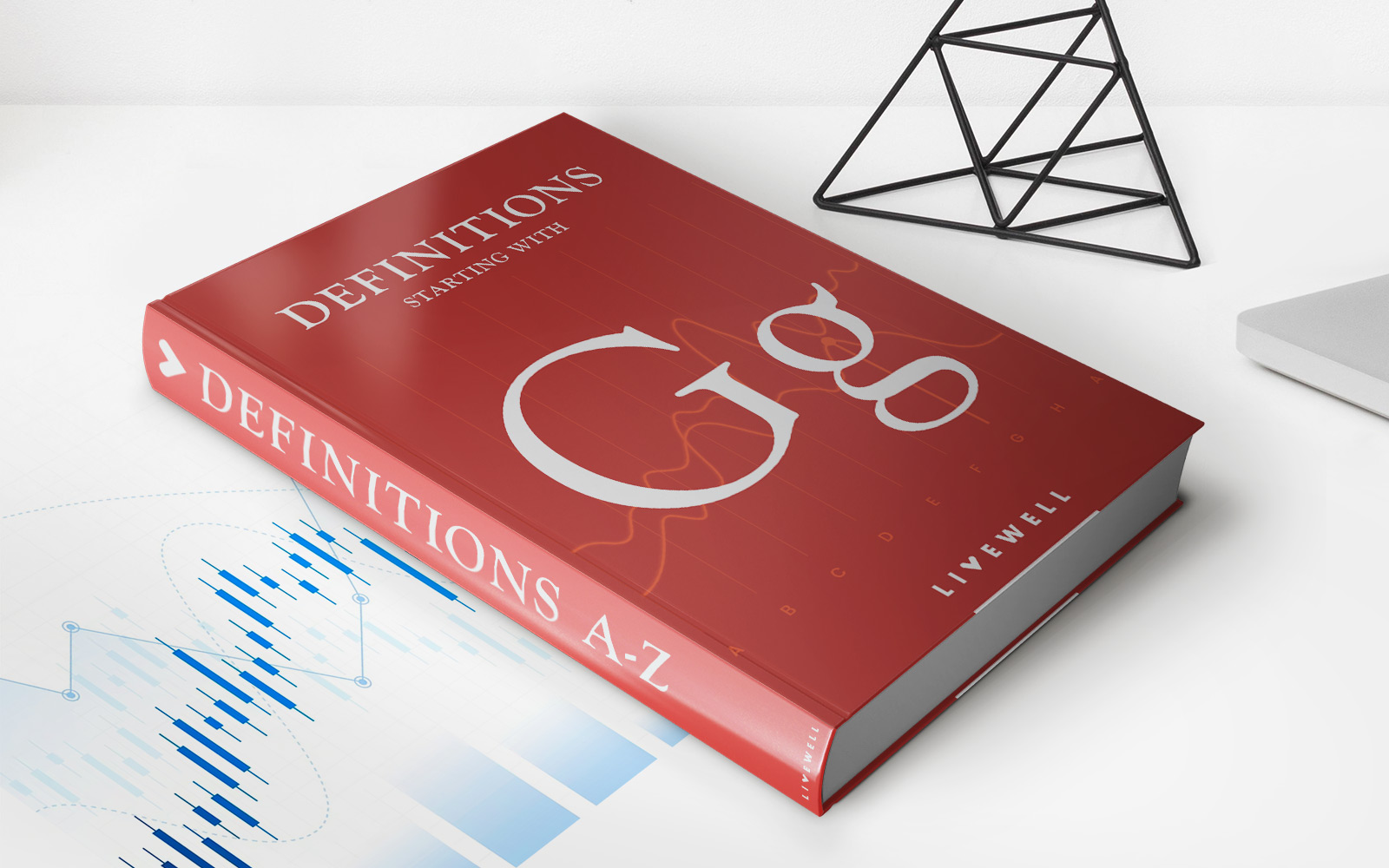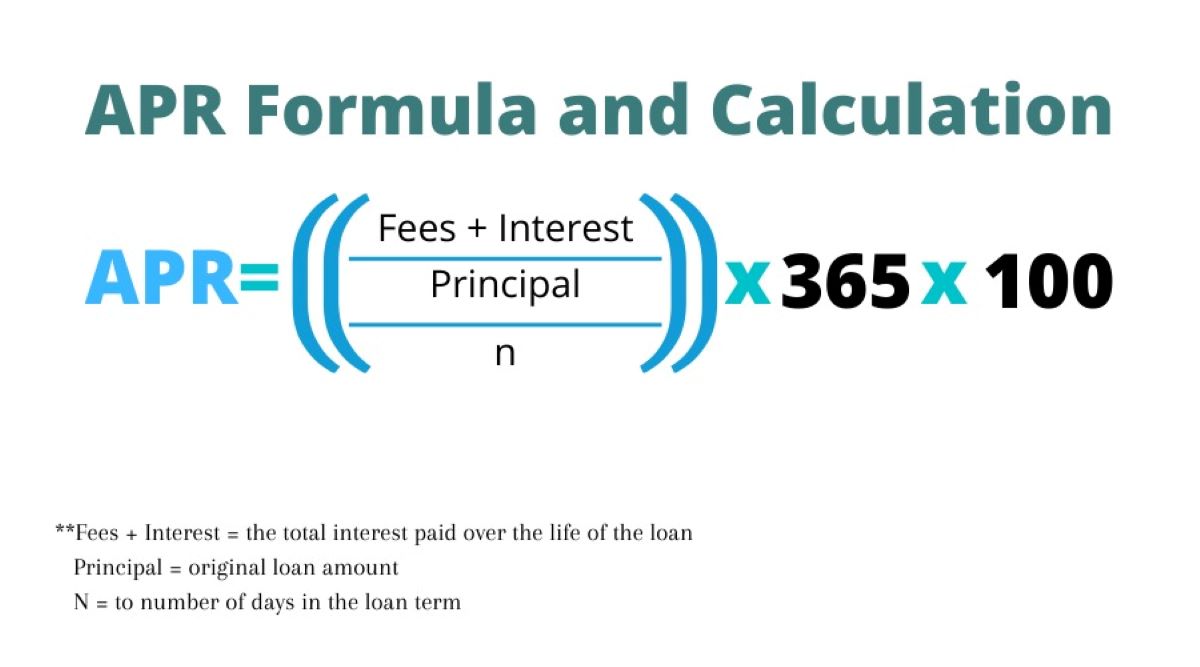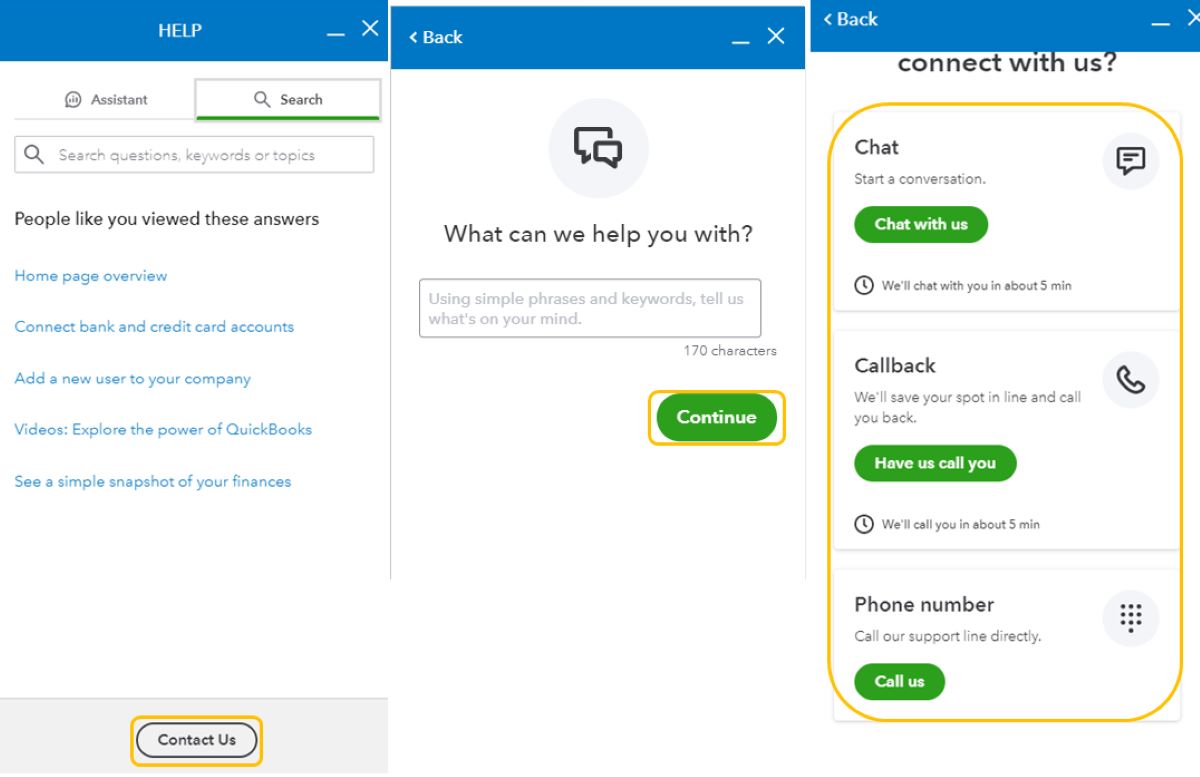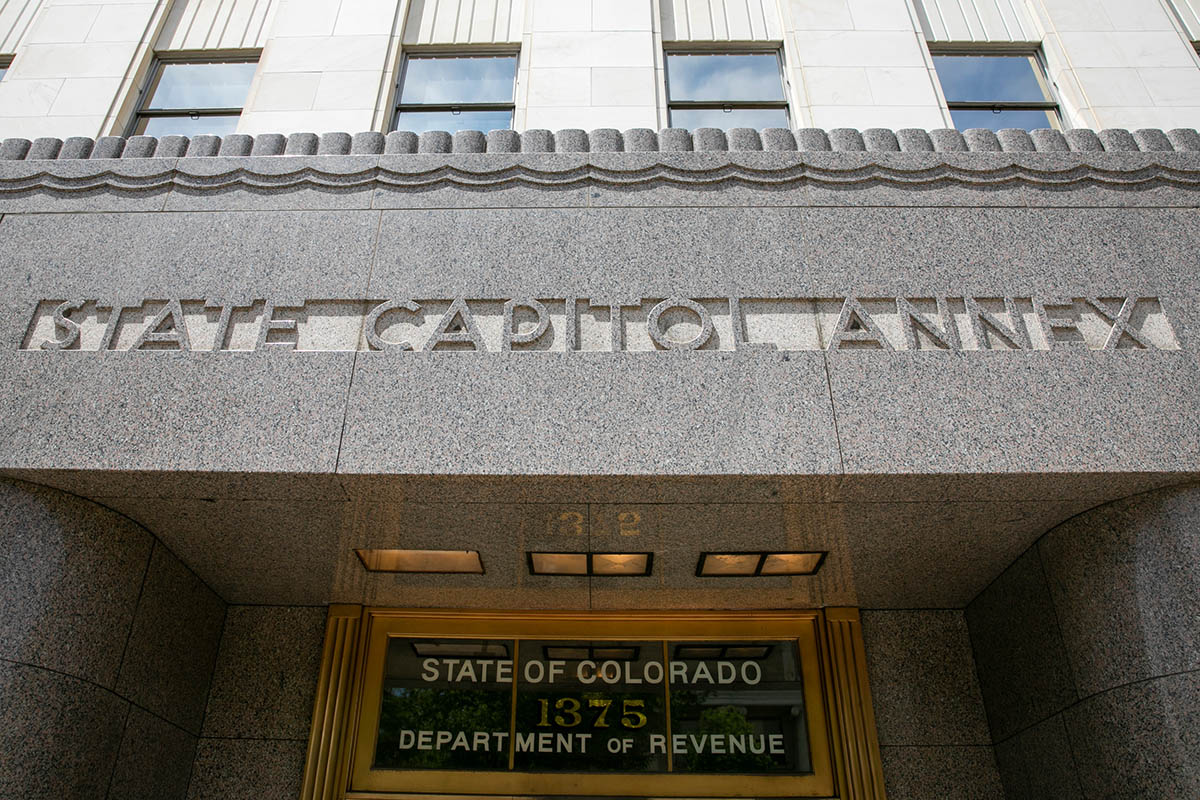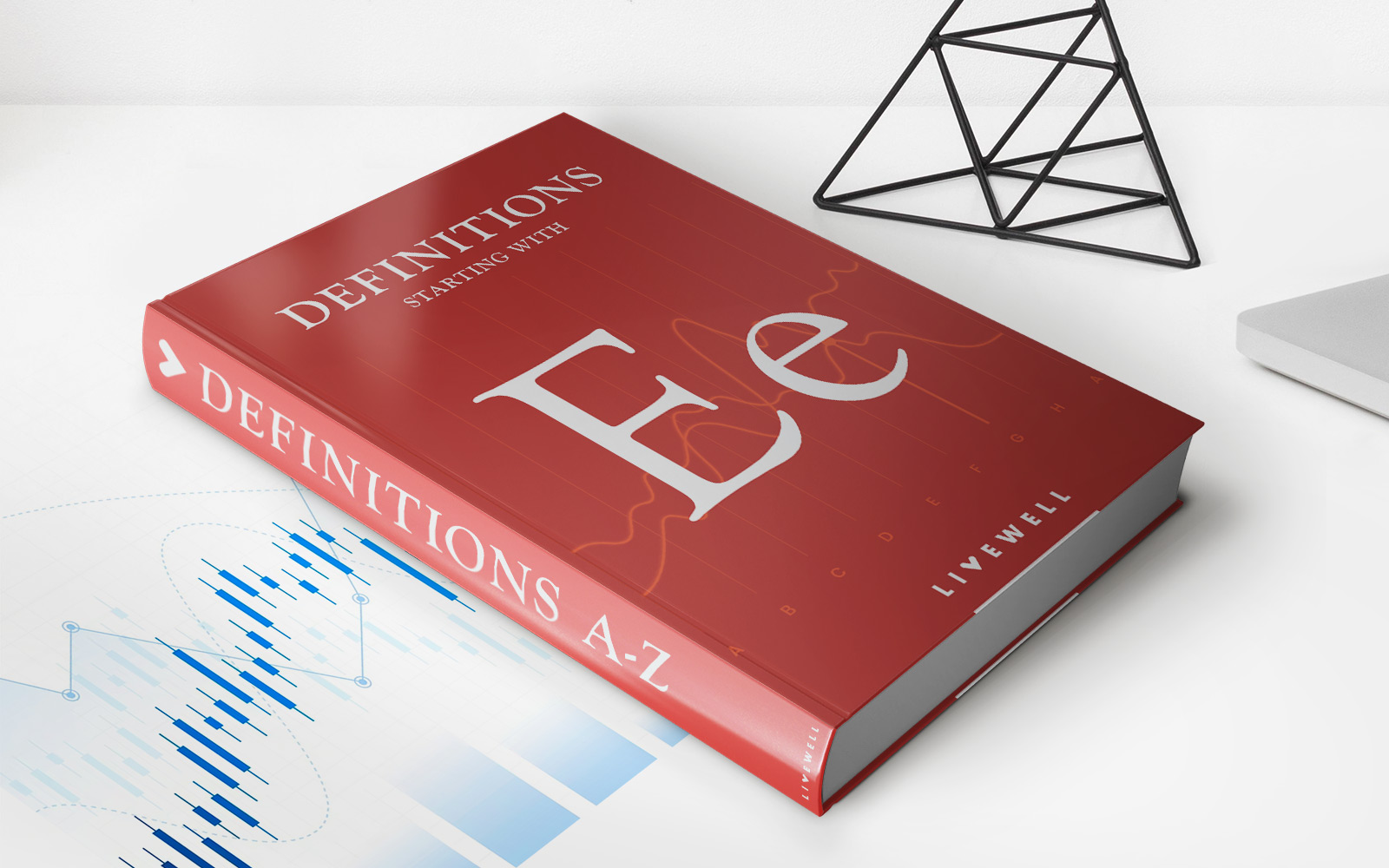Home>Finance>Crossed Check: Definition, Meaning, And How It Works
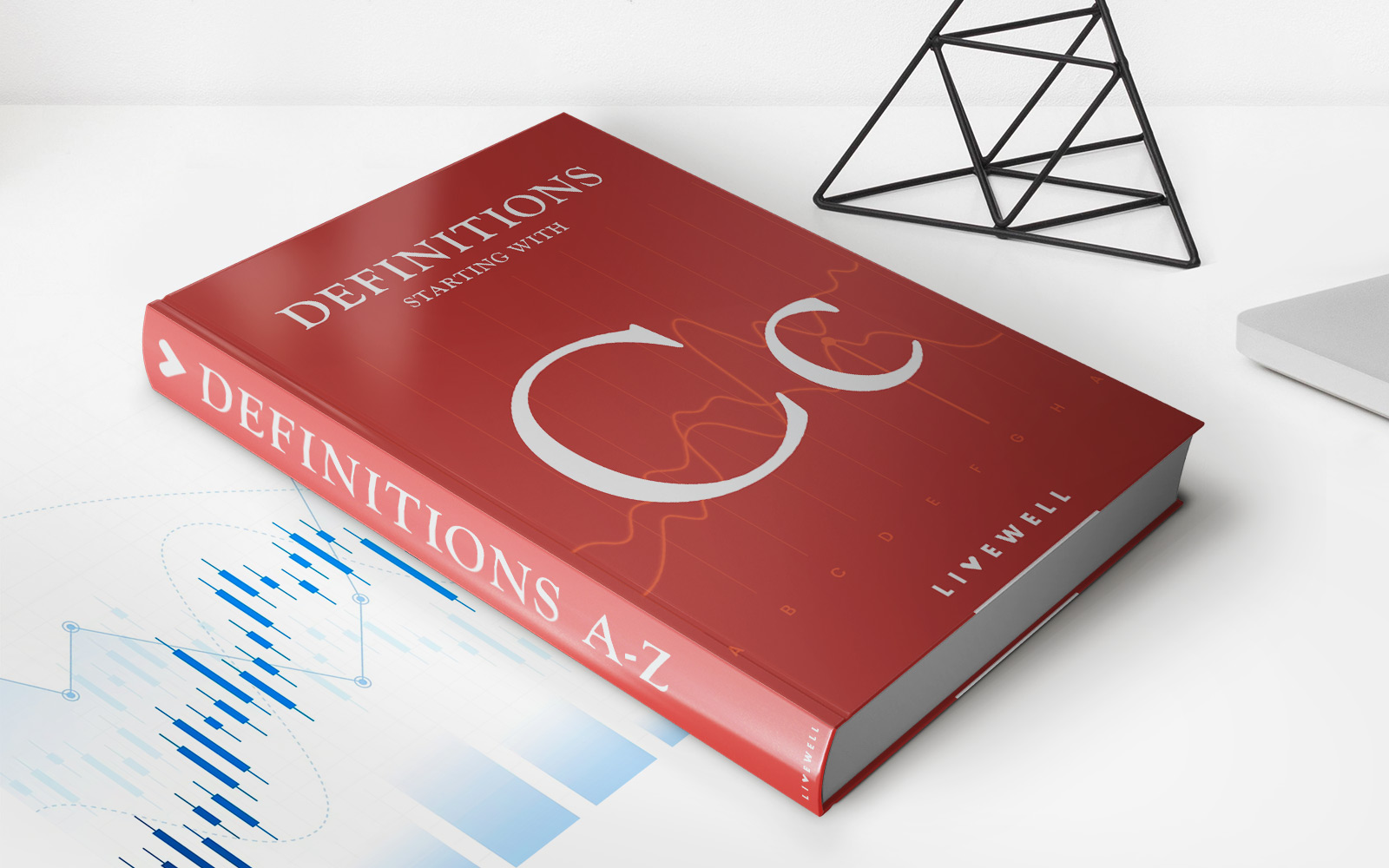

Finance
Crossed Check: Definition, Meaning, And How It Works
Published: November 6, 2023
Learn the definition, meaning, and how crossed checks work in finance. Understand the ins and outs of this important financial concept.
(Many of the links in this article redirect to a specific reviewed product. Your purchase of these products through affiliate links helps to generate commission for LiveWell, at no extra cost. Learn more)
Crossed Check: Definition, Meaning, and How It Works
Are you looking for a secure way to ensure that your financial transactions are protected? If so, then crossed checks might be the answer you’re looking for. In this blog post, we will explore the definition, meaning, and how crossed checks work to help you understand the benefits and importance of this financial instrument.
Key Takeaways:
- Crossing a check involves drawing two parallel lines across the face of the check, indicating that it can only be deposited directly into a bank account and not cashed over the counter.
- Crossed checks provide an added layer of security, making it more difficult for fraudsters to misuse or steal the funds from the check.
What is a Crossed Check?
A crossed check is a type of payment document that has two parallel lines drawn across its face. This marking indicates that the check can only be deposited into a bank account and cannot be cashed immediately at a bank teller or over the counter. The purpose of crossing a check is to enhance the security of the transaction and ensure that the funds reach the intended recipient safely.
How Does a Crossed Check Work?
When you receive a crossed check, you cannot simply go to a bank and exchange it for cash. Instead, you must deposit the check into your bank account; it cannot be cashed directly. The bank where you deposit the crossed check will verify your account details, endorse the check, and credit the funds to your account. This process prevents unauthorized individuals from cashing the check and reduces the risk of fraud or loss.
Furthermore, crossed checks can only be deposited into the payee’s account; they cannot be endorsed to another person or organization. This restriction improves the traceability of funds and prevents potential fraudulent activity.
The two parallel lines across a crossed check are typically paired with phrases such as “Account Payee Only” or “Not Negotiable.” These additional messages reinforce the intention of the check and provide further protection against misuse.
The Benefits of Crossed Checks
Now that we understand the purpose and mechanism of crossed checks, let’s explore the benefits they offer:
- Enhanced Security: By crossing a check, you add an extra layer of protection to your financial transactions. This minimizes the risk of theft, fraud, or unauthorized use.
- Reduced Risk: Crossed checks provide a paper trail, making it easier to track and trace the movement of funds. This transparency helps detect potential irregularities and protects parties involved in the transaction.
Crossed checks are an effective tool for protecting your financial transactions and ensuring that your funds are secure. By understanding how they work and their benefits, you can make informed decisions while choosing payment methods for your financial interactions. So, the next time you receive a crossed check, you can rest assured that your money is in safe hands.
For more finance-related topics and tips, be sure to check out our Finance category.
